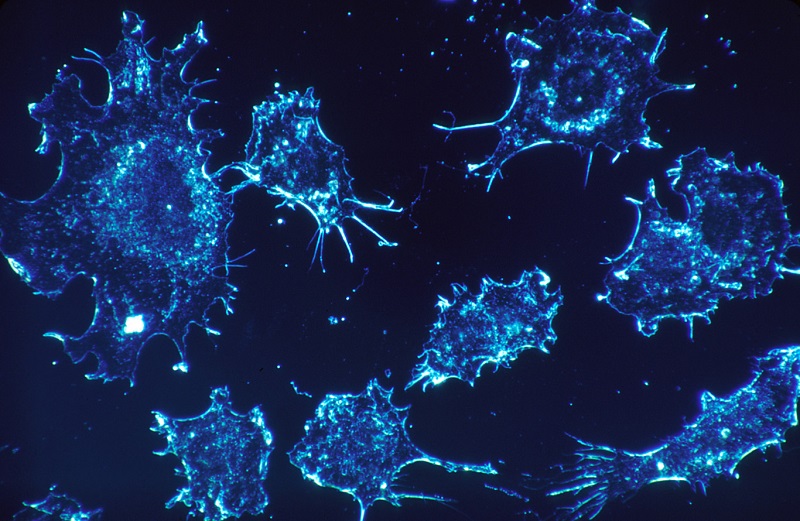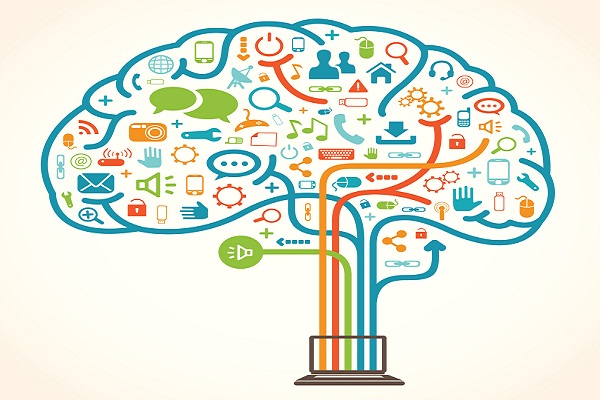Physical activity is essential for the health of adults, but it plays even more important role for physical and psychological well-being of children. Remember that habits formed early last a lifetime. Beginning from early age children ought to take part at least one hour a day in enjoyable, physical activity appropriate to their age and physical and emotional development. But the more is the better. Nowadays physical activity for children is especially crucial as innumerable children around the world waste time playing video games during the all days long.
Physical activity for children includes play, games, sports, transportation, chores, physical education, or planned exercise, in family, at school, and community activities. Loving parents should make time for physical activity with kids, arrange for joint outings and lead and help the little ones in their active discoveries of the outward things. Physical activity should be fun for children. It is a good time to be physically active after school sedentary bout. Parents should encourage kids to move more as part of the healthy lifestyle. So, look for active ways to go home from school and increase the time of activity and walking outside by reducing time of television watching or video games playing. Assist children enjoy their way to a healthier lifestyle!
In order to improve cardio-respiratory and muscular fitness, bone health, and cardiovascular health bio markers children should take part in moderate to vigorous physical activity at least an hour per day. Examples of physical activity include running, swimming, skating, bike riding, skateboarding and so on.
To obtain healthy well-being, children need to be engaged in both aerobic and strengthening activities. Moderate aerobic activity promotes kids to breathe deeper and heart beat faster. Strengthening activities assist in building of robust body’s muscles and bones. With strengthening activities, muscles push and pull against bones helping make them stronger. Such exercises as, climbing and swinging on playground equipment are examples of a muscle strengthening activity. Examples of bone-strengthening activities are jogging, running and jumping.
Inactive children become passive inert adults. For inactive children it is better to make a progressive increase in activity. It is appropriate to start with smaller amounts of physical activity and gradually increases duration, frequency and intensity over time.
Physical activity for children generates physical and as well psychological and social benefits. More physical activity assists to keep weight balance; raise “good” cholesterol; reduce blood pressure; decrease the risk of diabetes and some kinds of cancer; strengthen of immunity system and provides general psychological well-being.
It has been believed that physically active young people demonstrate higher academic performance at school. Developed physical activity stimulates gaining of self-confidence youth by providing opportunities for self-expression and social interaction, high self-esteem and increased life expectations




